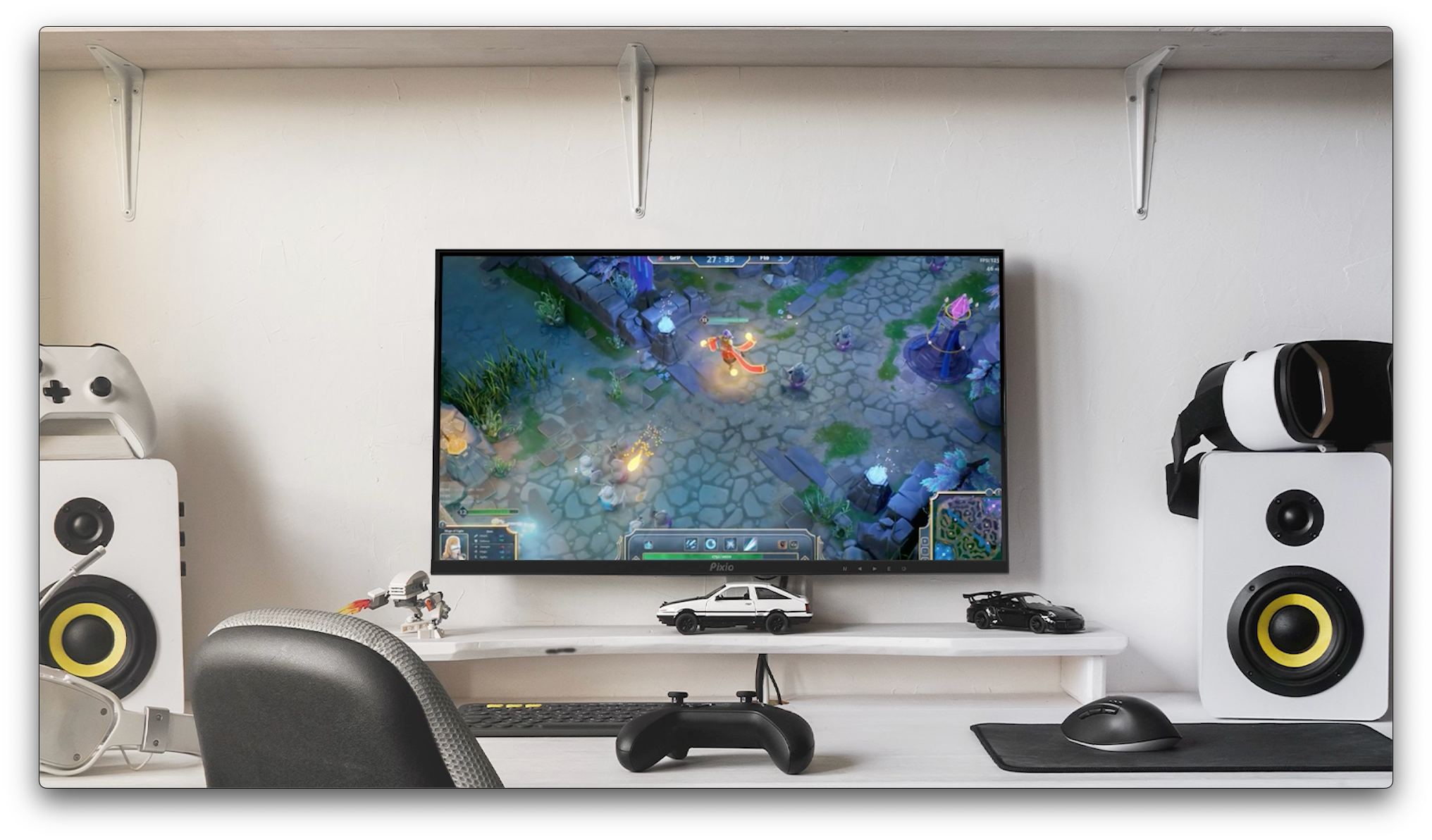When it comes to gaming monitors, finding the ideal resolution is crucial for striking a balance between picture quality and performance. While more pixels generally mean a better image, they can also pose a challenge for less powerful graphics cards. In this blog post, we'll explore the different resolutions available for gaming monitors and help you determine the optimal choice for your gaming setup.
The Limitations of 4K and High Refresh Rates: For gamers seeking the best picture quality, 4K/UHD resolution may seem tempting. However, most video interfaces currently support a maximum refresh rate of 60 Hz for 4K or 5K signals. Although this is starting to change with newer technologies, achieving higher refresh rates at 4K requires a substantial investment in a high-end graphics card. The likes of the GeForce RTX 3080 or RTX 3090 can deliver the desired performance, but their availability and affordability can be a challenge.

The Sweet Spot: QHD (2560 x 1440) Resolution: Fortunately, a resolution that strikes a balance between pixel density and performance exists in the form of QHD (2560 x 1440). With monitors up to 32 inches in size, this resolution offers excellent pixel density, resulting in a detailed image without excessively burdening mid-priced graphics cards. Gamers can enjoy a visually appealing experience without compromising on frame rates or breaking the bank.

The Need for Speed: FHD (1920 x 1080) Resolution: For gamers who prioritize speed and achieving the highest frame rates, FHD (1920 x 1080) resolution is the way to go. It delivers exceptional performance and smooth gameplay, especially on monitors specifically designed for gaming. However, it's important to note that when stretching this resolution beyond 27 inches, image quality may suffer. Individual pixels become more noticeable, leading to a potential dip in overall visual fidelity.
Choosing the Right Resolution for Your Gaming Setup: When selecting a gaming monitor resolution, it's crucial to consider your graphics card's capabilities and your personal preferences. Here are some key factors to keep in mind:
-
Graphics Card Performance: Assess the power of your graphics card and determine its ability to handle higher resolutions without sacrificing frame rates. Consider your budget and strike a balance between performance and affordability.
-
Monitor Size: Factor in the size of the monitor you plan to use. Larger monitors can accommodate higher resolutions more comfortably, ensuring a visually pleasing gaming experience.
-
Desired Picture Quality: Evaluate your priorities regarding image quality versus speed. If you value crystal-clear visuals and finer details, higher resolutions like QHD may be the best choice. Conversely, if achieving the highest frame rates is your primary goal, FHD resolution will provide the desired speed.
Choosing the right gaming monitor resolution involves finding the sweet spot that balances picture quality and performance. While 4K may be alluring, it demands a powerful graphics card, making QHD resolution a more practical choice for most gamers. FHD offers exceptional speed and frame rates, but its visual quality may be compromised on larger screens. Ultimately, understanding your hardware limitations and personal preferences will guide you towards the optimal gaming monitor resolution for your setup.

0 comments